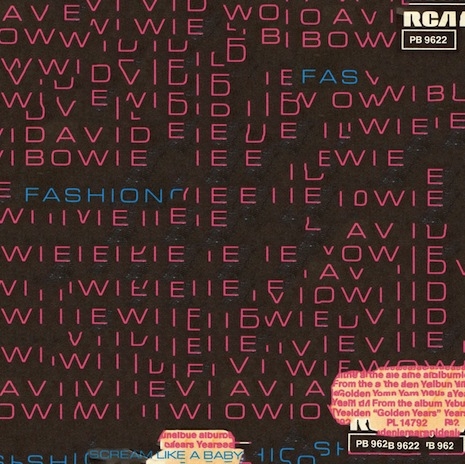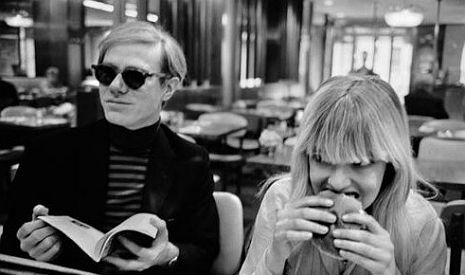
It has begun, as it does creepingly earlier every year - “The Holidays” are here. But in spite of the ecumenical plural, we all know that really just means “Christmastime,” the single most alienating time of year not to be a part of the majority. As a Jewish kid, this was the annual month-long reminder that I wasn’t really a member of The America Club, and as an atheist adult, it’s no less disaffecting. And in recent years, with bloviating jackass loudmouth discord-sowers like John Gibson and Bill O’Reilly ginning up the mass delusion that a “war” against the American hegemonic religion’s single most deeply penetrative auto-fellatiothon could possibly exist - in order to inflame the ignorant passions of Tea Party shitheads and sell books, because values - it’s become an unbearable time of breathless news reports about awful, AWFUL secularists mortally wounding the oh-so-persecuted majority by offering inclusive greetings at cash registers and ruthlessly denying them their totally unconstitutional City Hall creches.
Sometimes it’s enough to make me wish the “War On Christmas” were real and literal, if only just to see all the tacky plastic decorations get blowed up real good. I’ve seen things you people wouldn’t believe… Inflatable Rudolphs on fire off the shoulder of Orion…
But as thoroughly obnoxious as the inescapable cultural takeover of chintzy display and mandatory cheer is for six goddamn weeks a year, it’s impossible to hate on everything about Christmas. Anyone who doesn’t love gingerbread, I’m not sure I want to know. Horatio Sanz’s wonderful Christmas song from SNL justifies that man’s entire existence. Thirsty Dog Brewing’s Christmas Ale is pretty awesome. And it should go without saying FUCK YEAH, RANKIN-BASS SPECIALS.
And music. Lovely, lovely music. Yeah, there’s a plurality of dreck in the Christmas song canon - wherever there’s an obscene pigpile of cash to be hauled in, you’re going to have plenty of dross to sift through. But babies, bathwater, something something - would you want to live in a world without the Bach Cantatas, the Hallelujah Chorus, or David Bowie and Bing Crosby singing “The Little Drummer Boy?” You would not. Yeah, stuff like “Jingle Bell Rock” and “Santa Baby” is horrid moneygrubbing hackwork that can go pound sand, but the older, more liturgically-slanted Christmas music encompasses some of the greatest musical craft of all time - it was inspired, after all, by someone’s idea of the divine.
Which brings us around to how punk stalwarts Bad Religion have joined Il Volo, Kelly Clarkson, and Susan Boyle in releasing a Christmas album this year. Though I’ve never been a super huge fan of the band’s fairly hidebound hardcore singalongs, I’m not one to hate on them, either, so this news intrigued me. The band’s lyricist and leader Greg Graffin is a man I’ve always abidingly respected - an outspoken atheist with iconoclastic left-wing views, absolutely one of rock music’s great public intellectuals. Would this be a powerful, stinging indictment of the Christmas-Commercial Complex I’ve spent a lifetime growing to despise? It couldn’t possibly be a lamely punked-up novelty covers album a la Me First And The Gimme Gimmes, could it? As it turns out, and much to my further curiosity, the track listing is loaded with reverential, traditional songs. So, um, HUH?
And so I listened. It immediately became clear that this would indeed be WAY better than a Me First type one-dimensional joke; Graffin’s expressively gruff voice is well-suited to the material. But still, the first half of the album actually alternates greatness with meh - the opener, “Hark! The Herald Angels Sing” is really, really nice, but “O Come All Ye Faithful” sounds like a punk rock cover of that song conceived by any old random person with a rudimentary understanding of how punk rock is supposed to sound. “O Come, O Come Emmanuel” is propulsive, emotively forceful, and just plain old FANTASTIC, probably the best thing on the album, then “White Christmas” comes on and sounds exactly how you’re already imagining it if you’ve ever heard even one Bad Religion song.
Bad Religion - “Hark! The Herald Angels Sing”
Bad Religion - “O Come, O Come Emmanuel”
It picks up. From the much more inventive than expected “Little Drummer Boy” to a straight but admirably executed take on “Angels We Have Heard On High,” the band’s energy never flags, the riffs’ catchiness holds the material aloft, and nothing disappoints. But the finishing move seems like a copout to me. It’s the twenty-year-old song “American Jesus.” A blisteringly ironic excoriation of that xenophobic, destructive, American-exceptionalist form of Christianity that any thinking human should rightly loathe, for sure, but still, heard it twenty years ago and it’s not really even slightly a Christmas song. Andy Wallace remixed it though, so yay?
So the Grinch in me leaves unsatisfied. Am I asking too much of this? Am I demanding that someone else’s album express my agenda? But given the intellects, histories and reputations of the members of this band, am I so wrong for wishing it had just absolutely killed my face off? In the end, it’s a much better than average collection of punk rock Christmas covers. I have every confidence that people who’re more FUCK YEAH about Bad Religion than I am will absolutely love this, and they probably won’t be the only ones. Its tracks will surely assume their rightful place on Christmas mix CDs for decades to come.
Here’s Bad Religion live, from a French television broadcast earlier this year.








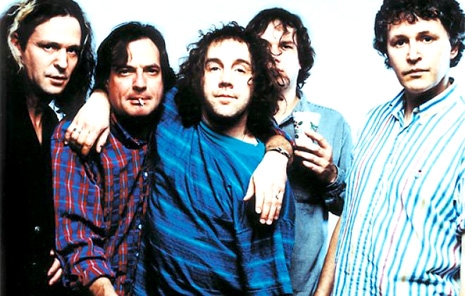

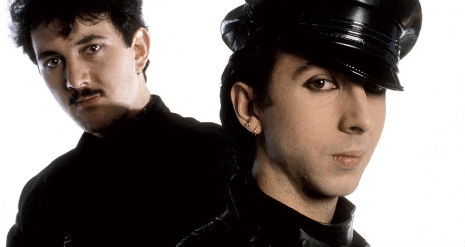

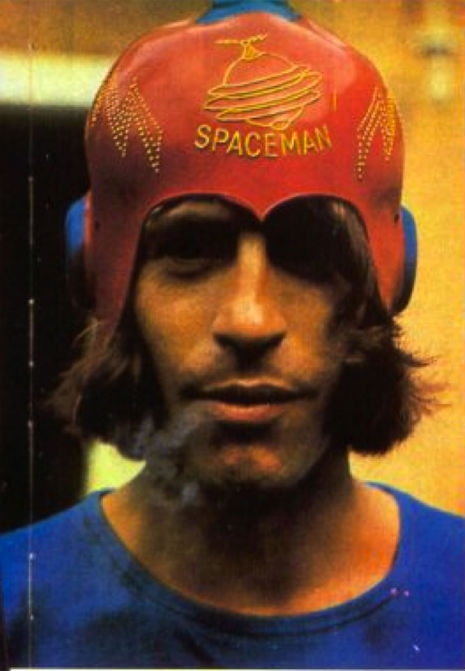
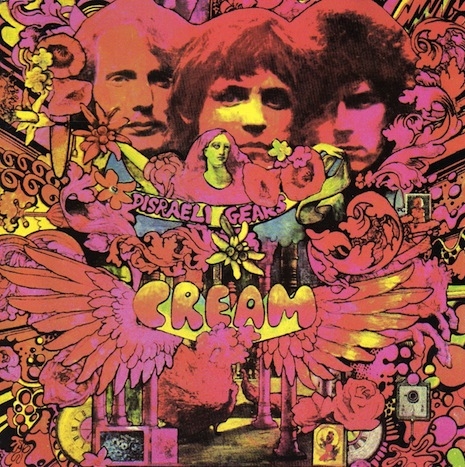

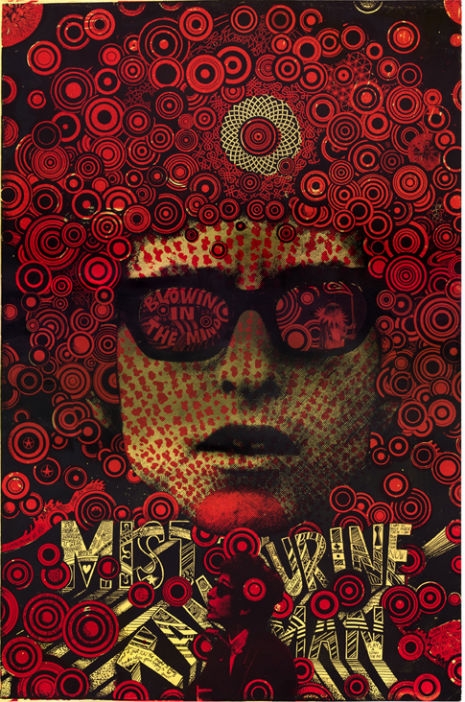
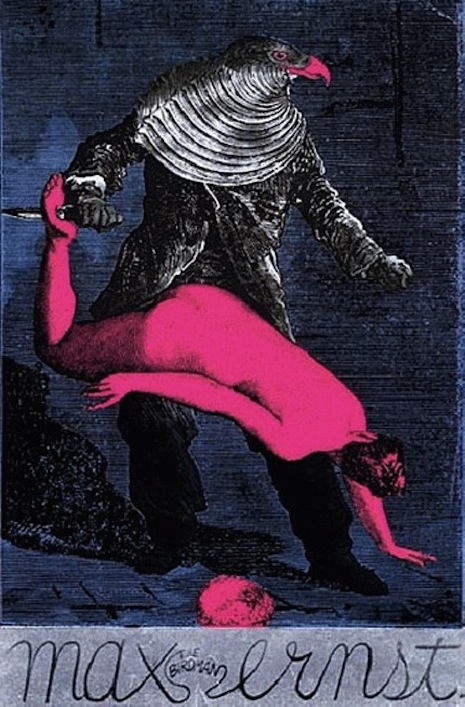

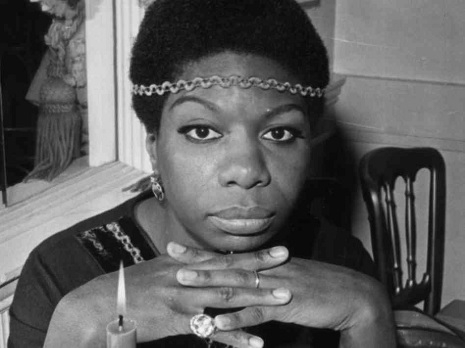
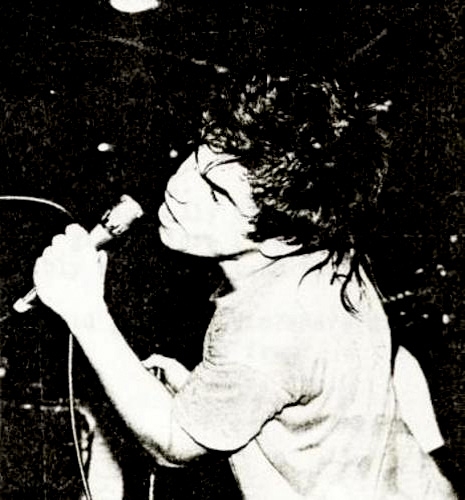

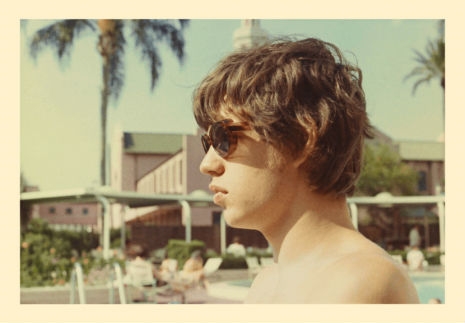

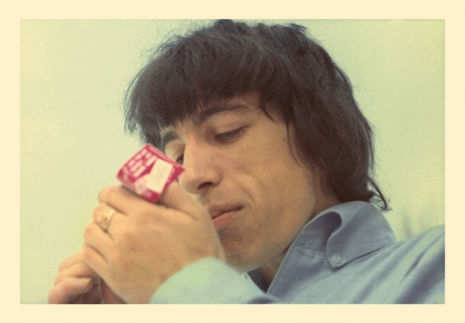

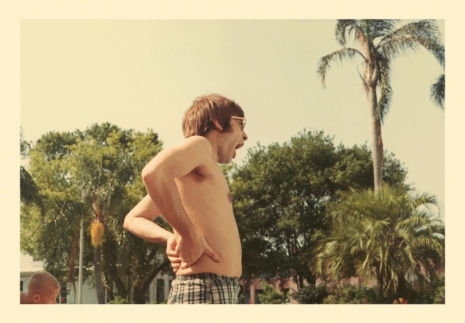

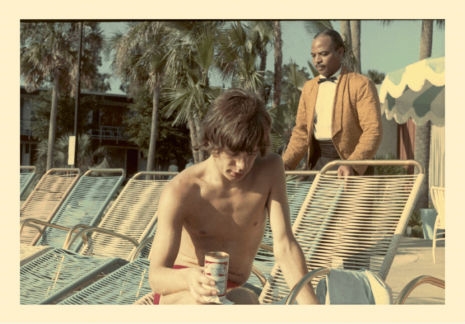
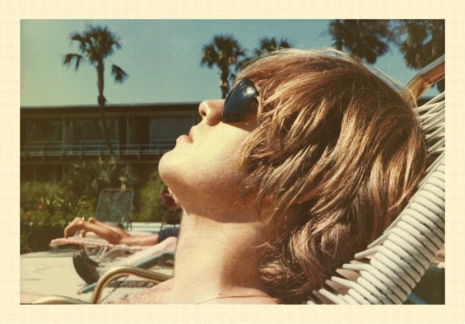
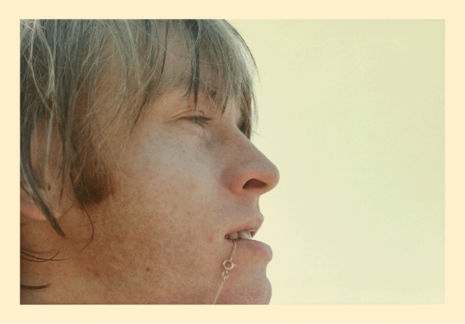
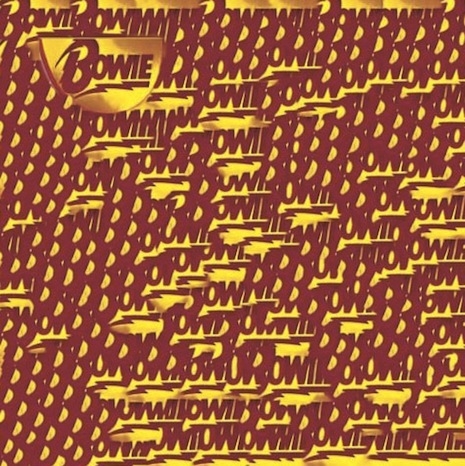
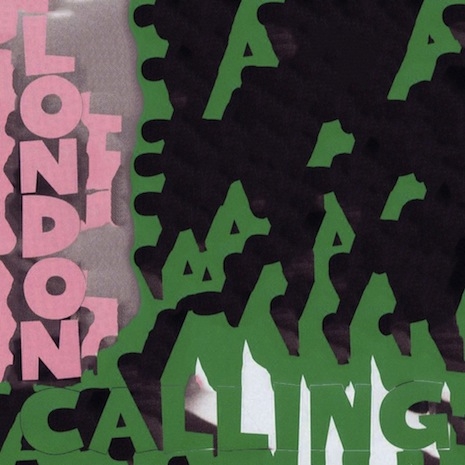
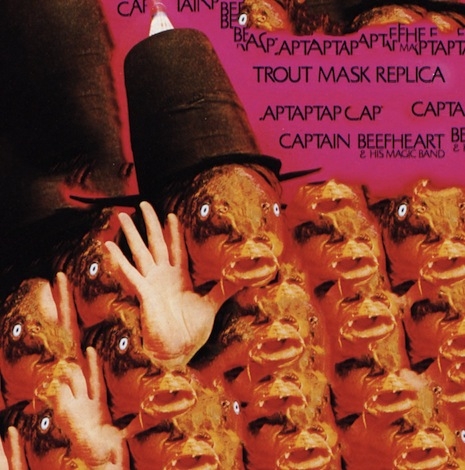

_small_465_482_int.jpg)
